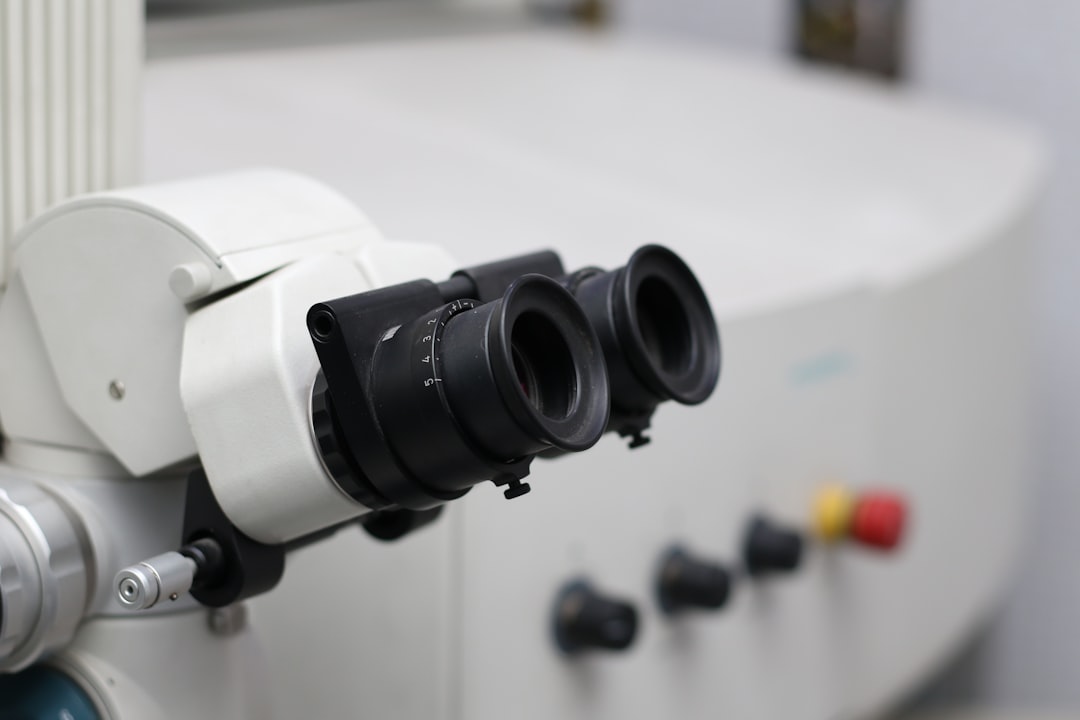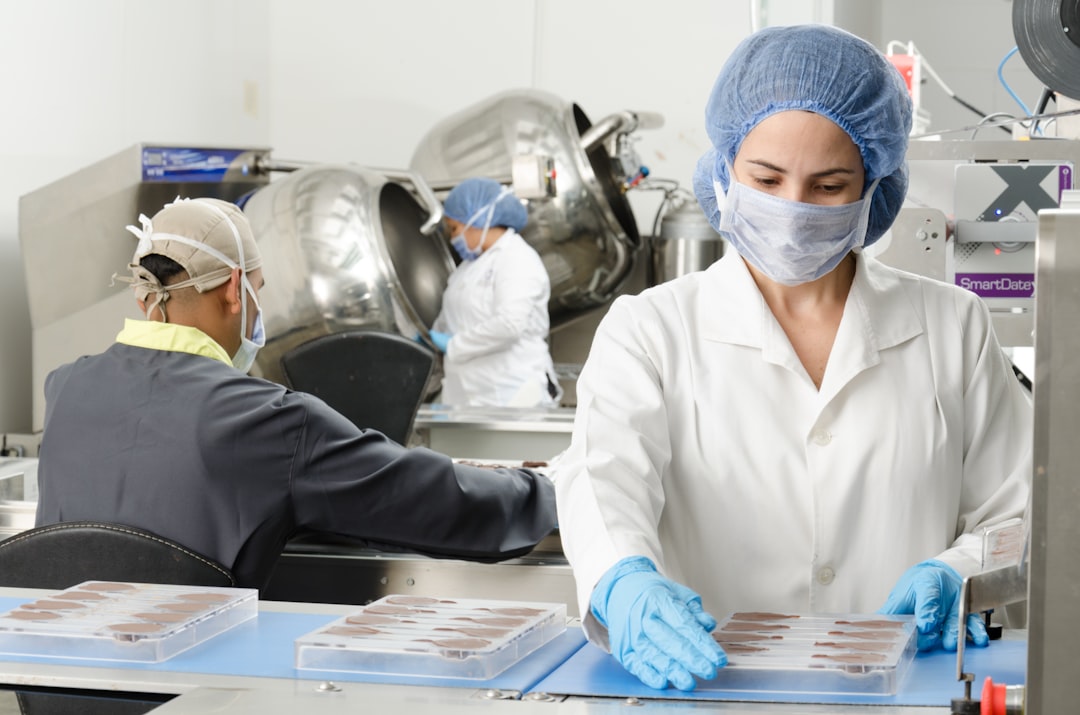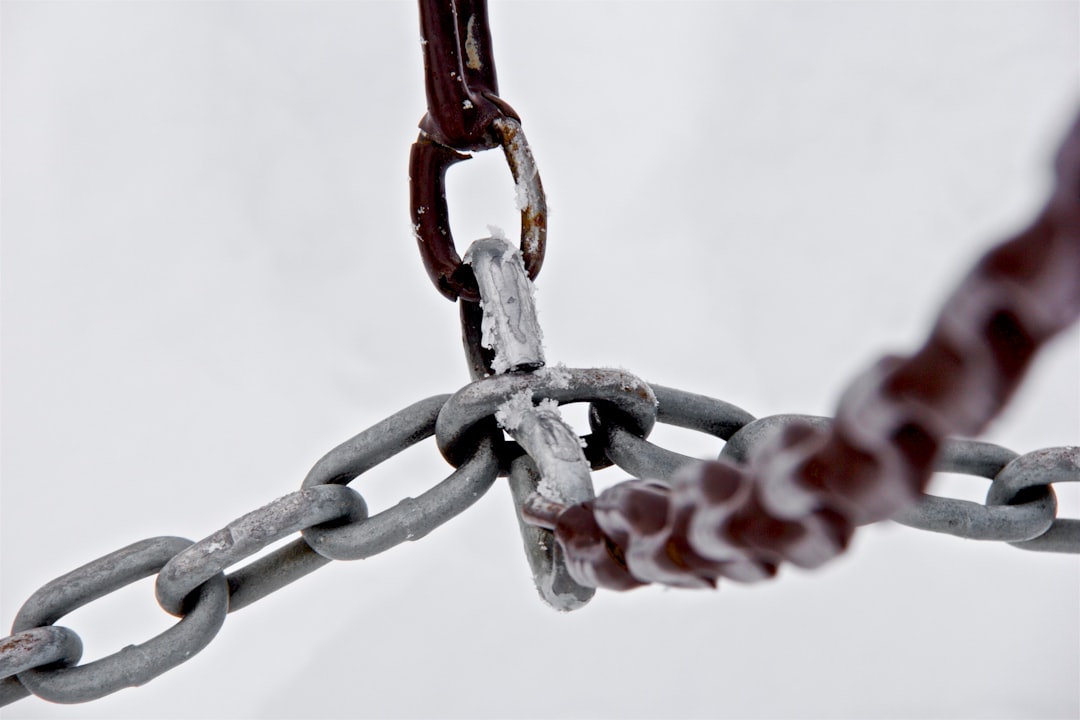What is it about?
The quality of draught beer can vary widely from the pristine to poor and beyond! Whilst dispense parameters (eg incorrect temperature) can undermine quality, microorganisms in draught beer can grow to unacceptable levels and impact on clarity, flavour and aroma. Typically removable tap nozzles are soaked overnight in carbonated water/soda water. Although perceived as 'cleaning', this approach creates a microbial soup that exacerbates microbial contamination of the nozzles. On return to the tap, the nozzles reinfect the dispense line. This paper confirms that nozzles soaked in soda water are heavily contaminated and proposes that nozzles should be soaked in a commercially available (and cheap) sanitising solution. Nozzles treated in this way are 'commercially sterile'.
Featured Image
Why is it important?
Draught beer accounts for 7% or so of the worlds beer output. Poor hygiene leads to poor quality which undermines the consumer experience and the brand (both beer and account). This work has addressed a major contributor to poor hygiene and shows that ‘cleaning’ of draught beer tap nozzles with soda water is an urban myth and, as a de facto industry standard, results in grossly contaminated nozzles.
Perspectives
I've been droning on about draught beer quality in general and nozzles in particular for 20 years or more. Now I have the opportunity at Nottingham to do something about it! This paper is one of a series on draught beer quality which have the simple aim of improvement through raising the profile/importance of hygiene, communicating best practice (and its impact) and assuring one of life's great pleasures. The big challenge with this work on nozzle hygiene is getting the message out, flagging best practice and changing deeply embedded behaviours in the on-trade.
Dr David E Quain
University of Nottingham
Read the Original
This page is a summary of: Draught beer hygiene: cleaning of dispense tap nozzles, Journal of the Institute of Brewing, July 2016, Wiley,
DOI: 10.1002/jib.335.
You can read the full text:
Contributors
The following have contributed to this page










